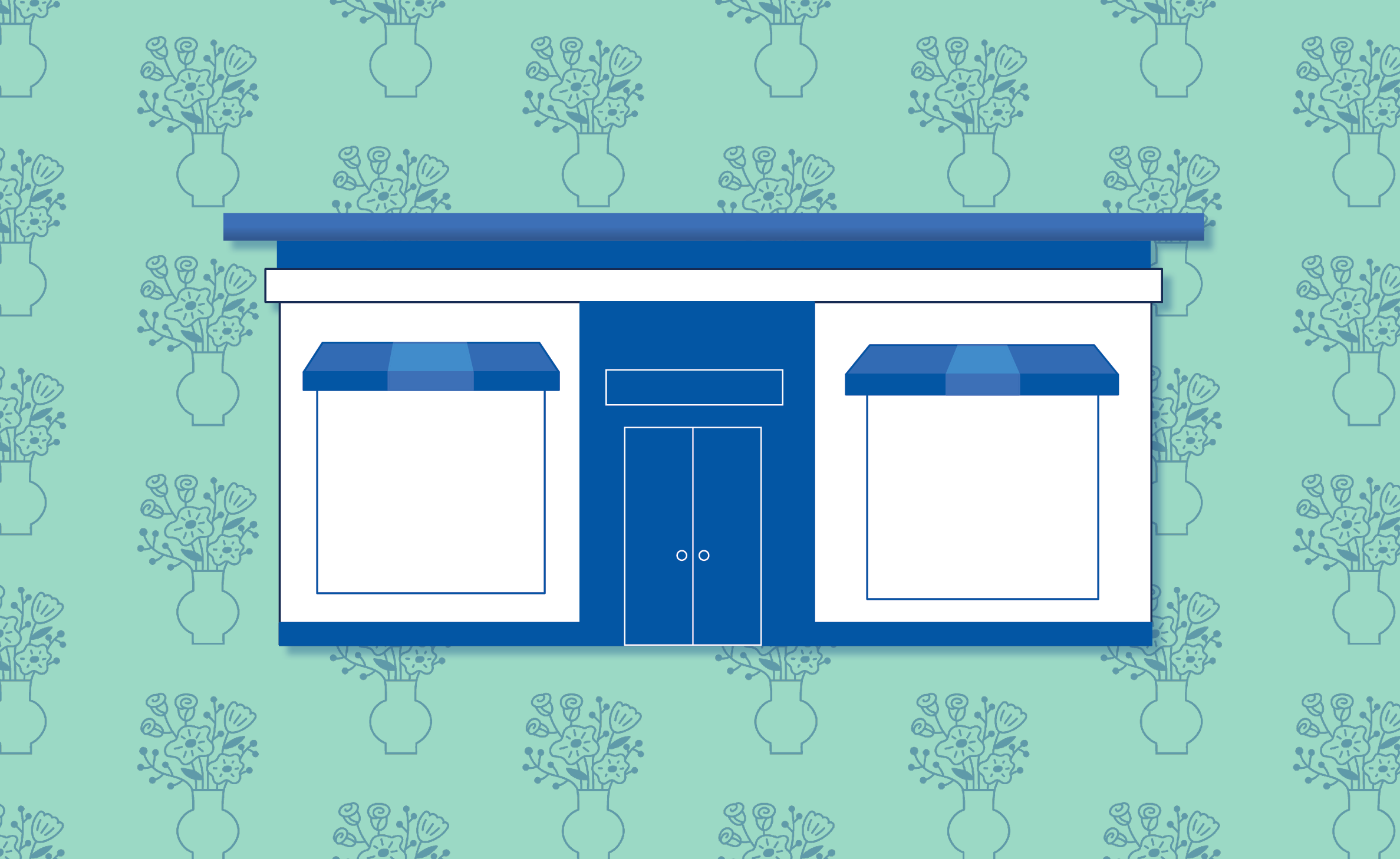Share this
by Laura Richards on October 27, 2022
CAM (Common Area Maintenance) charges are a universal thorn in the side of retail tenants. From parking lots to water for irrigation, these pesky fees are an unavoidable part of doing business.
How can retail tenants ensure that CAM charges are working for them and not against them?
1. Try to get Fixed CAM Costs in Your Lease
Fixed CAM charges are exactly what they sound like. The property owner will set one flat fee for common area maintenance.
Over time, likely with renewals, that cost will rise due to inflation. But for the life of your lease, the charge amount will remain the same.
This simplified structure can eliminate surprise charges. Much like paying for insurance monthly, the repeated flat rate can protect you in an emergency.
2. Cap Your CAM Charges
If you’re unable to lock down fixed CAM costs, a backup plan is capped CAM charges. The CAM charges would be based on actual costs. However, with a cap, they can’t exceed a set dollar amount.
Tenants are once again protected from unpleasant surprises.
To use our insurance example again, a capped charge would be like paying your deductible.
Capping the charges will come up during lease negotiations. If a capped fee is something that you want, you may have to do a little quid pro quo with your property owner. Lease rates are a common bargaining chip in these scenarios.
3. Do Your Research
Research is vital to the commercial real estate leasing process. First, you want to know what CAM charges have been like historically in your building. Second, you want to know what’s going on in the rest of the neighborhood when it comes to lease rates and CAM charges.
A sophisticated data and analytics solution used by you or your broker could make or break your lease negotiations. If you come to the table with all the knowledge available, you will have the upper hand.
You also want to ensure you utilize the right type of lease. There are many types of commercial real estate leases. Triple Net, Net net, net and gross leases could all be on the table when leasing your new space.
It’s important that your company does the work to understand which type of lease would be best for that place, time and circumstances. While the costs will often even out in the end, how you make the payments certainly matters.
Here’s a primer to get you started:
Triple Net (NNN) Leases: You’re on your own with this one. A tenant takes on almost all responsibilities when they have a triple net lease. Surprisingly, this is one of the most common lease types.
The property owner will focus on capital expenses and the tenant will handle everything else.
PS, this would be a good time to cap your CAM Charges.
Net Net (NN) Leases: The tenant pays a percentage of property taxes and property insurance while the property owner pays for all common area maintenance.
Because the property owner will have more expenses to cover in this scenario, it’s likely that base rents or lease rates will be somewhat higher than with a triple net lease.
Net Lease: A net lease is exceedingly rare. The tenant pays their share of the property taxes while the property owner handles the costs of common area maintenance and property insurance.
Once again, because the property owner is absorbing more costs, it’s likely that the lease rate will be higher.
Gross Lease: While the above mainly apply to retail spaces, gross leases are very common for office buildings. The property owner covers the bulk of the fees – common area maintenance, property taxes and insurance. Sometimes utilities are even included.
The tenant on the other hand, pays a flat rate throughout the life of their lease.
Next time you are negotiating a commercial real estate lease, remember that CAM charges can work for you. Protect your budget and your peace of mind by negotiating well and using all the market data and analytics available to you.
Share this
- Lease Accounting Software (90)
- ASC 842 (83)
- Accounting Teams (53)
- Lease Administration Software (27)
- Retail Tenants (16)
- Commercial Real Estate (14)
- Lease Management (13)
- Real Estate Teams (10)
- ESG (8)
- Market Data and Analytics (8)
- Success Stories (8)
- News and Media Coverage (5)
- Transaction Management Software (2)
- frs 102 (2)
- Customer Success (1)
- Office Tenants (1)
- December 2025 (1)
- September 2025 (1)
- July 2025 (2)
- June 2025 (4)
- May 2025 (2)
- April 2025 (2)
- March 2025 (6)
- February 2025 (3)
- January 2025 (4)
- December 2024 (1)
- October 2024 (4)
- September 2024 (2)
- August 2024 (4)
- July 2024 (3)
- June 2024 (3)
- May 2024 (4)
- April 2024 (1)
- February 2024 (1)
- December 2023 (4)
- November 2023 (6)
- October 2023 (4)
- September 2023 (2)
- August 2023 (2)
- July 2023 (3)
- May 2023 (2)
- March 2023 (1)
- February 2023 (3)
- January 2023 (1)
- December 2022 (3)
- November 2022 (4)
- October 2022 (4)
- September 2022 (1)
- August 2022 (4)
- June 2022 (1)
- May 2022 (4)
- April 2022 (8)
- March 2022 (3)
- February 2022 (1)
- January 2022 (2)
- November 2021 (2)
- October 2021 (2)
- September 2021 (3)
- August 2021 (15)
- July 2021 (3)
- June 2021 (1)
- May 2021 (1)
- April 2021 (3)
- March 2021 (1)
- January 2021 (1)
- December 2020 (3)
- November 2020 (1)
- October 2020 (2)
- September 2020 (2)
- August 2020 (3)
- July 2020 (2)
- June 2020 (3)
- May 2020 (1)
- April 2020 (1)
- March 2020 (1)
- February 2020 (1)
- December 2019 (1)
- October 2019 (1)
- September 2019 (2)
- August 2019 (3)
- July 2019 (2)
- April 2019 (69)
- October 2018 (1)
- August 2018 (1)
- July 2018 (1)
- June 2018 (1)
- May 2018 (1)
- April 2018 (2)
- March 2018 (3)
- February 2018 (2)
- December 2017 (1)
- August 2017 (3)
- June 2017 (2)
- May 2017 (2)
- April 2017 (1)
- March 2017 (2)
- January 2017 (2)
- November 2016 (2)
- July 2016 (1)
- June 2016 (1)
- July 2015 (1)
- March 2015 (1)
- June 2014 (1)
- April 2014 (11)
- October 2011 (1)
You May Also Like
These Related Stories

Landlord or Retail Tenant: Who decks the halls?

The Modern Mall: 3 Things Retail Tenants Need to Know



